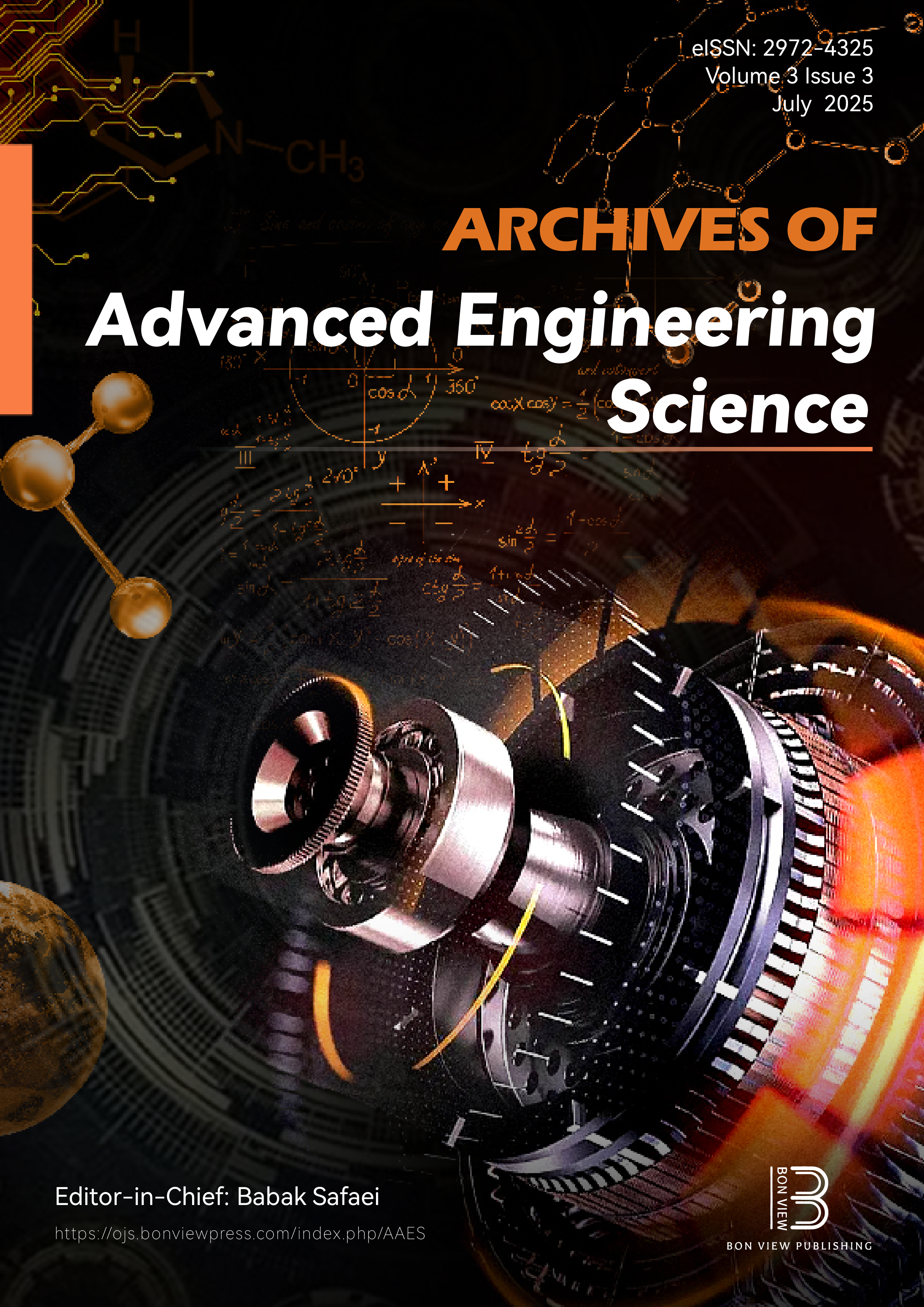A Comprehensive Study on the Production and Characterization of Eco-friendly Biodegradable Plastic Films from Dent Corn Starch
DOI:
https://doi.org/10.47852/bonviewAAES42022946Keywords:
corn starch, bioplastic film, biodegradable plasticAbstract
The increasing demand for eco-conscious and sustainable biomaterials has propelled the exploration of alternatives to petroleum-derived materials. This study delves into the utilization of dent corn (Zea mays L.) starch as a renewable resource for crafting biodegradable packaging solutions. The physicochemical properties of dent corn starch were meticulously assessed through a series of preparation steps, encompassing washing, cutting, grinding, drying, and pulverizing. Despite the inherent variability in dent corn sourced from local markets, the resulting starch exhibited commendable characteristics, including a pH of 7.02, moisture content of 6.50%, ash content of 0.20%, bulk density of 0.47 g/ml, gelatinization temperature of 61.2 ˚C, protein content of 2%, and a yield of 64%. Subsequently, employing the casting method, bioplastic films were synthesized using starch powder, water, and glycerol as a plasticizer. A comprehensive evaluation of the chemical, mechanical, solubility, and biodegradability properties of the films ensued. Remarkably, the films demonstrated notable values for tensile strength (2.58 MPa), elongation at break (24%), and film thickness (1.4 mm), alongside exhibiting low absorption rates in various media and remaining insoluble in solvents, even at elevated temperatures. Notably, the influence of glycerol content on the tensile strength and biodegradability of the films was elucidated through a least squares model, underscoring its pivotal role. These findings highlight the potential of dent corn starch as a viable alternative for the development of biodegradable packaging materials, despite the variability inherent in its sourcing from local markets. The study significantly contributes to ongoing endeavors aimed at fostering sustainability and reducing reliance on petroleum-derived materials, aligning with the escalating environmental consciousness.
Received: 27 March 2024 | Revised: 31 May 2024 | Accepted: 12 June 2024
Conflicts of Interest
The authors declare that they have no conflicts of interest to this work.
Data Availability Statement
Data are available on request from the corresponding author upon reasonable request.
Author Contribution Statement
Bethel Chijioke Iheanacho: Conceptualization, Methodology, Software, Writing - original draft, Writing - review & editing, Supervision, Project administration. Hadiza Nuhu Ajoge: Conceptualization, Methodology, Software, Formal analysis. Usman Ismail: Validation, Investigation, Writing - original draft, Writing - review & editing, Visualization. Fon Alain Zoum: Visualization, Supervision. Favour Okechi Ifeanyi-Nze: Conceptualization, Methodology, Software, Validation, Formal analysis, Investigation, Visualization, Supervision, Project administration. Favour Onasokhare Okunbi: Resources, Data curation, Project administration. Chinecherem Favour Edeh: Writing - original draft, Visualization, Supervision. Nathaniel Nwoke Chimezie: Validation, Formal analysis. Esther Abigail Udoh: Resources, Data curation, Writing - review & editing. Justin Okechukwu Nworie: Resources. Tosin Oluwashina Oseni: Investigation. Marian Ugonna Mark: Investigation. George Arubi Akpowu: Writing - review & editing. Dolapo Abidemi Kolapo: Writing - review & editing. Augustine Oboseoye Odibo: Data curation. Olaoluwa Joseph Edun: Validation. Udochukwuka Confidence Zogini: Validation. Chima Ogechukwu Egwuonwu: Writing - original draft.
Downloads
Published
Issue
Section
License
Copyright (c) 2024 Authors

This work is licensed under a Creative Commons Attribution 4.0 International License.


